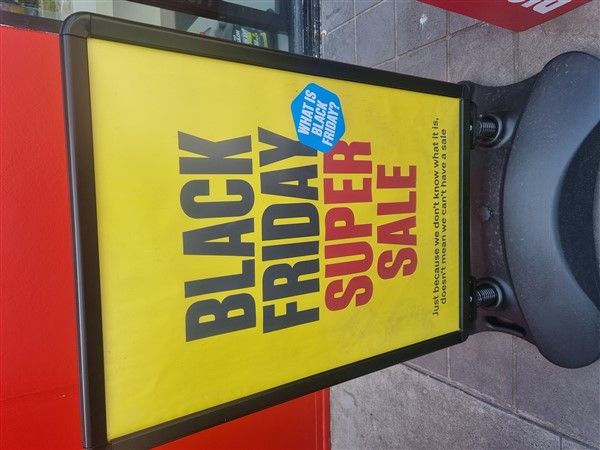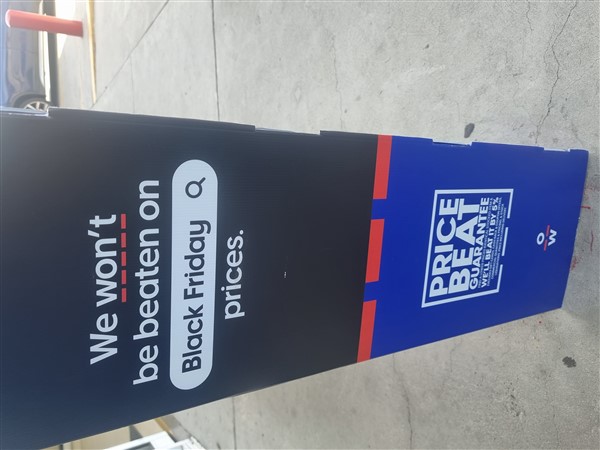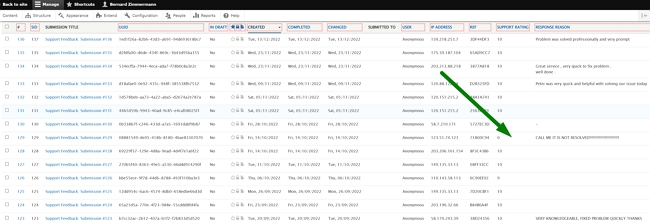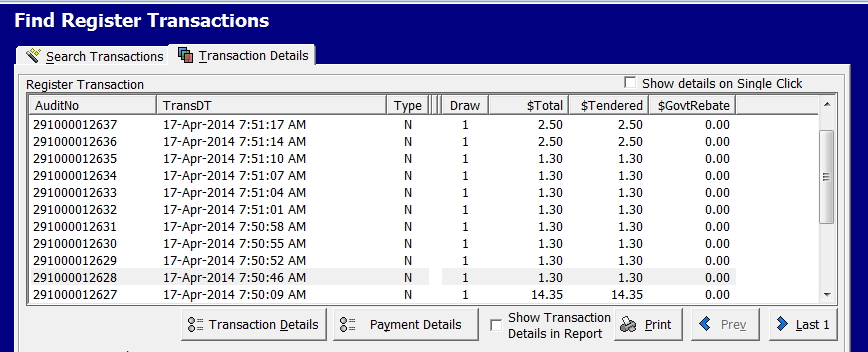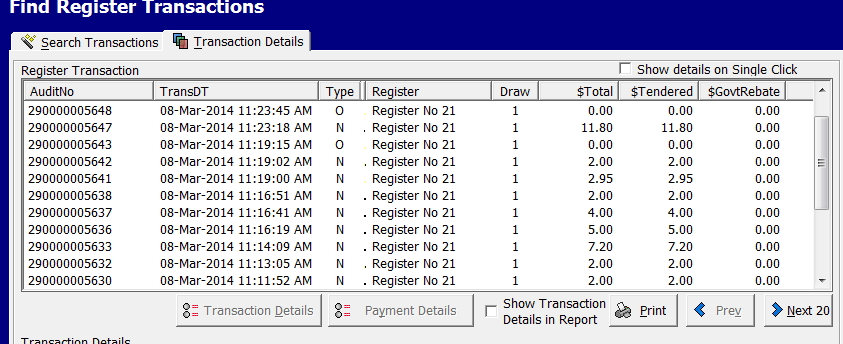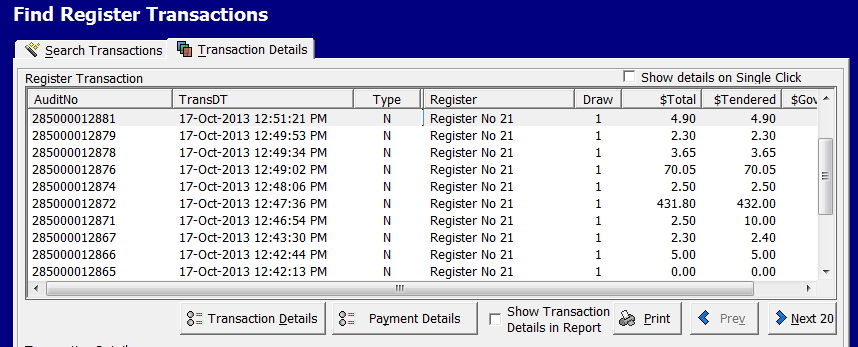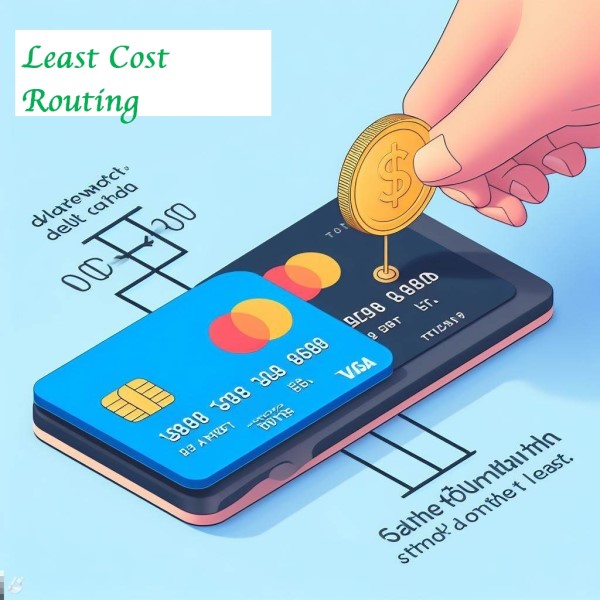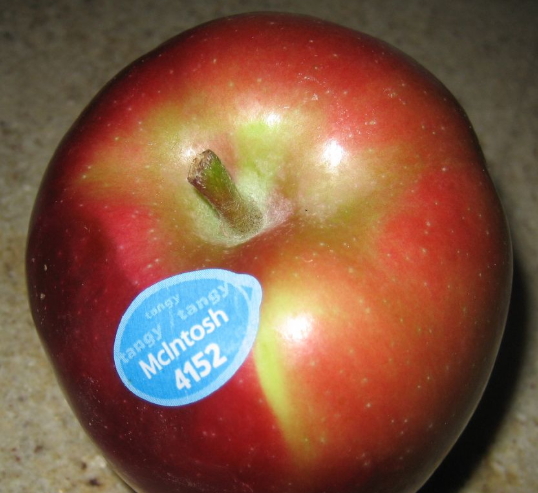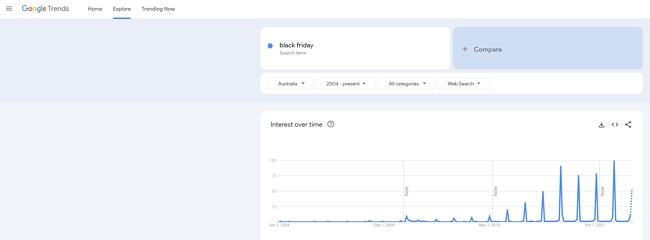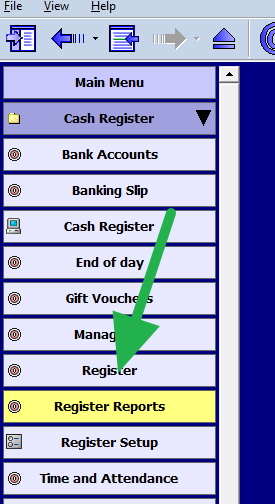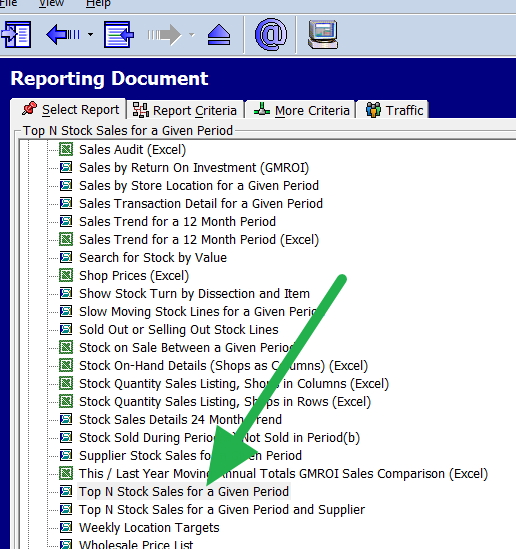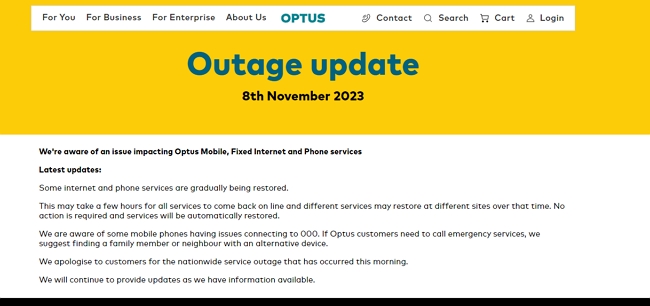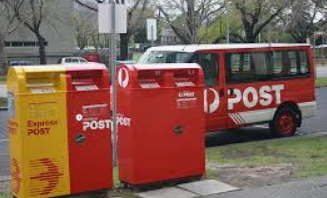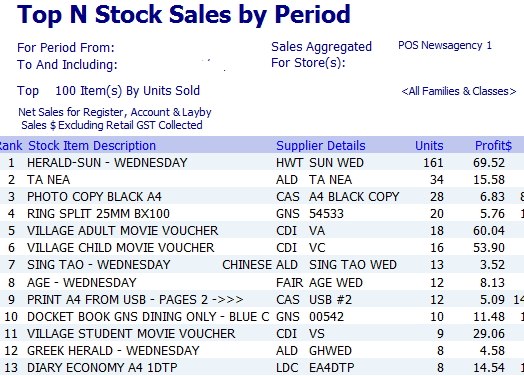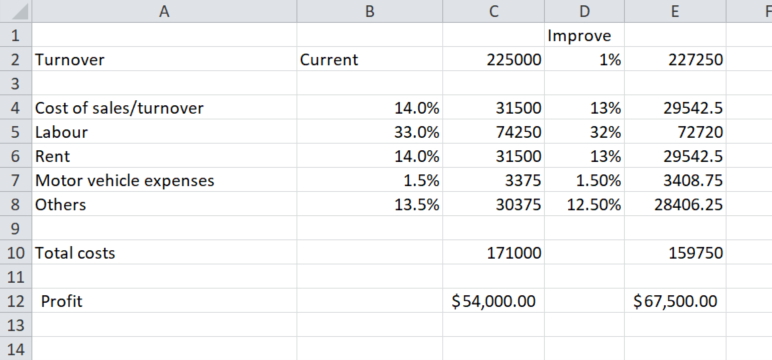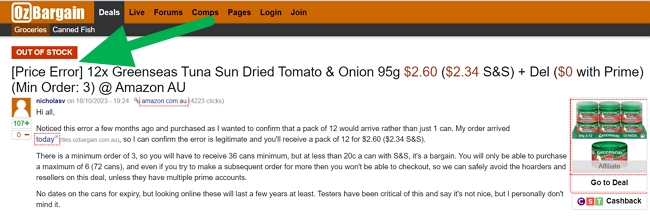
Running a retail business comes with many challenges. One of the biggest now is handling cash properly. With multiple employees on registers, busy trading floors, and the pressure to serve customers quickly, it isn't easy to keep tight control over cash. Allowing sloppy cash procedures to creep in can quickly lead to errors, unexplained shortages, or even theft.
Implementing standardised cash handling protocols using your point of sale (POS) system can provide the oversight and security needed to prevent these issues. The "X-off" report reconciles each cashier's sales and cash on hand and is essential for balancing registers and tracking transactions. Retailers can transform cash management into an efficient, secure process using X-offs and other simple controls.
The Problems of Mishandling Cash
When customers line up impatiently, and staff need to serve them quickly, following proper cash procedures often takes a back seat. But when cash registers are unbalanced daily, stores bleed away profits through cumulative small mistakes or theft. Yet, with proper cash management procedures, it is easier for small retailers to prevent errors and losses.
It gets worse as according to Griffith University report,
Co-author and Griffith Criminology Institute Professor Michael Townsley said
“We estimate crime costs Australian and New Zealand retail economies about $4.3 billion per year, and that’s a 28 per cent increase over four years from when the last similar study was conducted,” Professor Townsley said.
“Customer theft was the largest category of retail crime making up 53 per cent of losses followed by employee theft which made up 24 per cent of losses.
“While employee theft is less frequent than external theft incidents, each employee theft incident is typically of a much higher value.
This confirms what I have seen with my clients; today, a person caught stealing from his employee's view is that if the employer is so stupid as to let him steal, it's the employer's fault. It was not like that in the past.
This is why you need such standardised cash drawer reports like X-off; otherwise:
> The register can easily become unbalanced.
> Without accountability, dishonest staff may be tempted to pocket the difference.
These issues are worse as too many shops have a lack of control over cash.
Benefits of Systematic Cash Management
The best measure is implementing standardised cash policies tailored to your shop. When integrated with a modern point-of-sale system, simple procedural controls enable store owners to secure their cash flow against errors and deception.
Improved Loss Prevention
Standardised cash handling procedures ensure all transactions are verifiable and recorded in the POS system. Daily X-off reports act as a balancing mechanism to reconcile cash register drawers with sales activity. This makes unexplained shortages or theft much easier to identify and resolve. Adherence to protocol also reduces miscues like walkaways or improper voids.
Better Visibility into Sales Data
With reliable X-offs, Z-outs and reporting, owners can trust the accuracy of their sales and inventory data. Detailed sales reports down to the register and cashier level provide better control.
Increased Accountability and Security
I really suggest that you consider adding extra tills and assigning one till per employee. Our POS system can handle many cash draws, so this is easy to do once you have itit setup. Setting individual cash drawers for each employee improves accountability. Proper oversight leaves less room for error or impropriety.
More Efficient Operations and Inventory Management
Accurate sales data enables smarter inventory planning, waste reduction, and stock takes. Staff shifts and registers can be scheduled efficiently based on traffic patterns. Owners gain peace of mind knowing that cash flow is secured against leakage.
Now that we have covered the critical importance of cash management, let's look at how X-offs help a retail business balance registers and lock down its cash handling procedures.
What is an X-off?
An X-off is an end-of-shift report that provides a snapshot of the cashier's sales activity and cash at any time. As a minimum run at the end of each shift, X-offs are used to reconcile the physical cash and receipts in the drawer with what is recorded in the POS system. This balancing mechanism ensures proper cash controls in a busy retail environment.
Balancing registers
For each cashier, the X-off prints a detailed report of their:
- Register log in time
- Sales totals are broken down by payment type (cash, check, card, etc.)
- Voids and returns
- Expected cash that should be in the drawer to cover sales
- Actual counted cash and any over/short
By comparing the system sales data to the physical cash counted, the X-off identifies any variances that could indicate errors or theft for that cashier's shift. Used daily, X-offs make unexplained shortages quickly apparent rather than accumulating hidden losses over time.
Running X-offs on a Modern POS
1. Assign Register Access
Sets up employee passwords to log into assigned registers in the POS. This creates accountability for each cashier's transactions.
2. Set Up Cash Drawer Floats
Every cashier logs in with a starting float at the start of each shift.
3. Print X-off at End of Shift
To run an X-off, go to the End of Day in the cash register.
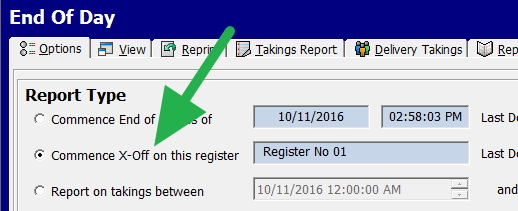
Select on the end-of-day page
Choose the X-off option that is below the EOD option marked in green.
Notice that the period of the report will default select the time the staff member assigned to the register started and the current time.
Now run.
4. Improved accountability
The cashier manually counts the cash in their drawer and then compares the X-off totals to the receipt count. Any discrepancies require an explanation.
Surprise Cash Drawer Counts
In addition to X-offs, periodic surprise X-offs of register drawers by managers is commonly done.
Cash management
> Do not be complacent about cash control
> Implementing a few simple procedures can have a huge financial impact.
> Contact us today to learn more about tightening up your cash management!


